PVD ink removal
Model number: SL - UP3/10
Laser power: W
External dimension: ××mm
Characteristic: suitable for glass, ceramic surface ink and PVD coating removal.
Picosecond uv wavelength, pulse width, material to absorb ultraviolet light more easily than absorb infrared light, ultraviolet photons interrupt PVD coating material surface molecular bonds directly, this way will not produce the high quantity of heat, commonly known as "cold", mainly adopts ultraviolet laser wavelength (355 nm), machining of parts with smooth edges and does not hurt the glass substrate, etc.
Ultraviolet sub-picosecond PVD cleaner is very mature. It directly USES the optical system connected to the galvanometer after the laser emitting light is adjusted by expanding beam, and then irradiates the workpiece surface through laser beam, and vaporizes the surface PVD coating.
Light cleaning system for PVD tool cleaning, can effectively remove multilayer coatings, won't produce mechanical damage, no damage on the surface of a weld or sealing, reduce the heating cycle time, green environmental protection does not need medium, chemical reagents, does not produce secondary pollution, no clear, general reaction chamber cleaning can be done in just a few hours.
Laser cleaning can remove even the most difficult layers of gas deposits to clean, including diamond-like carbon coatings and other wear-resistant coatings.
The power of strapping lasers vaporizes these "bulletproof coatings".
Finally, the precision metal substrate can be safely and nondestructively removed without residue.
The plasma chamber can be manually or semi-automatically carried out effective laser coating and cleaning.
PVD physical vapor deposition refers to the process in which atoms or molecules are transferred from source to substrate surface by means of physical process.
Its role is to make some special properties (high strength, wear resistance, heat dissipation, corrosion resistance, etc.) of the particles sprayed on the performance of the matrix is lower, so that the matrix has better performance.
In this process, however, the sprayed paint not only sticks to the target surface, but also integrates with the surrounding surfaces including the tools and fixtures used to hold the parts in the reaction room.
The laser cleaning system can effectively clean the SURFACE of PVD tools, avoiding the adverse effects caused by excessive PVD spraying materials, such as reduced workpiece tolerance, poor sealing of reaction chamber, resulting in increased humidity and prolonged heating time.


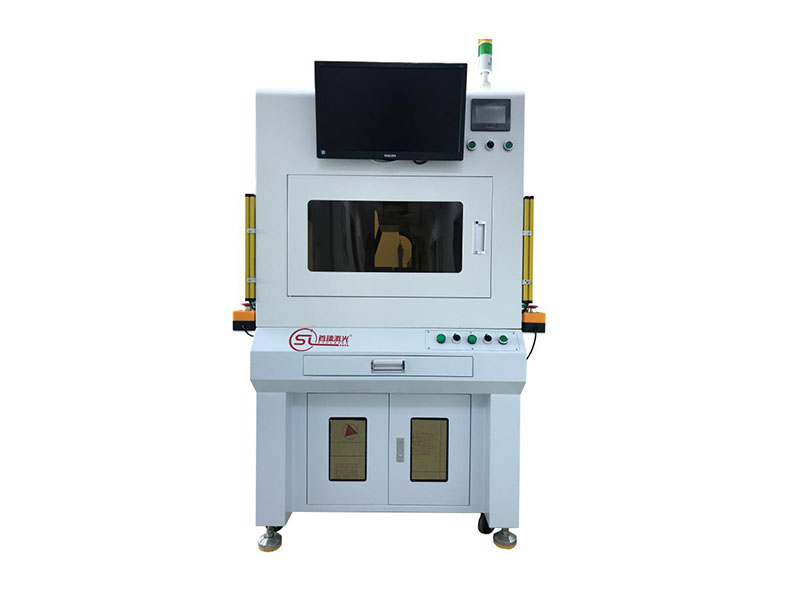
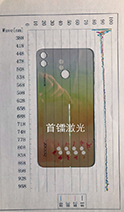
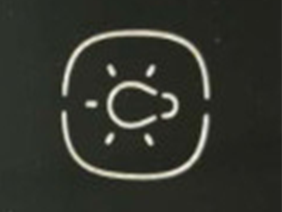

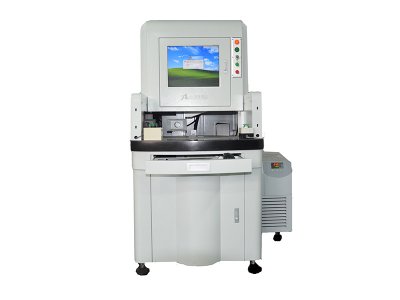
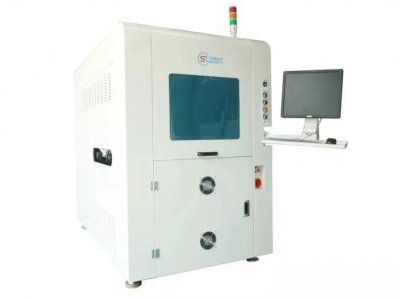
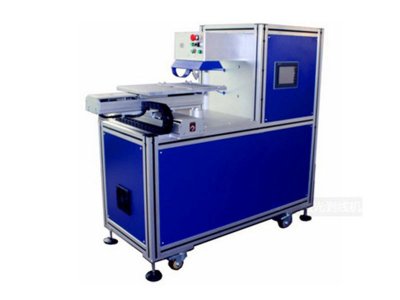
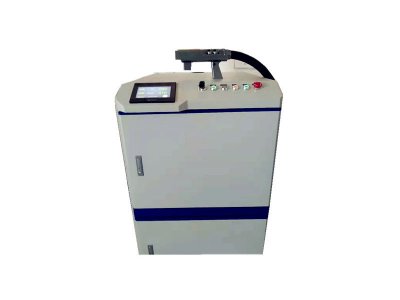

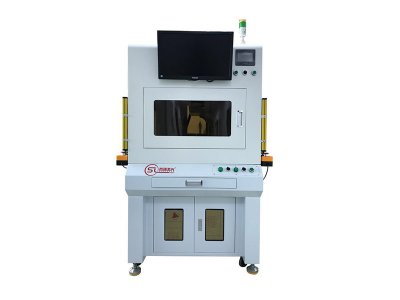
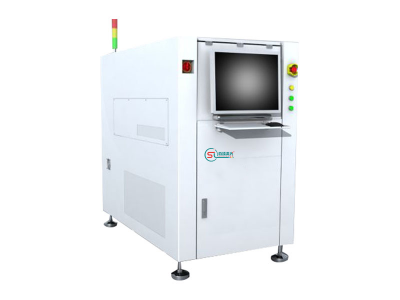



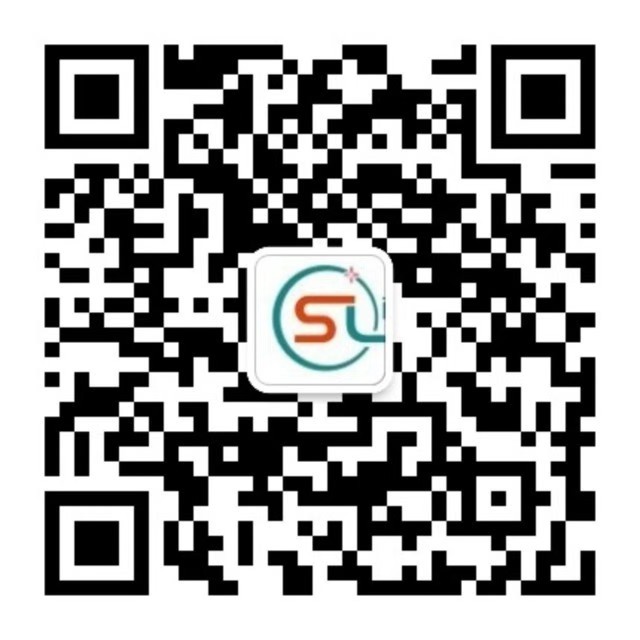


 Jiangsu Headquarters:NO.600 Dong Ding Road, Ba ChengTown Kunshan City, Jiangsu Province
Jiangsu Headquarters:NO.600 Dong Ding Road, Ba ChengTown Kunshan City, Jiangsu Province